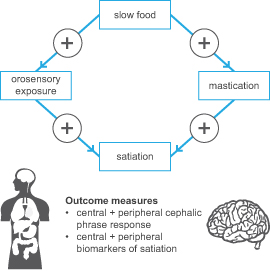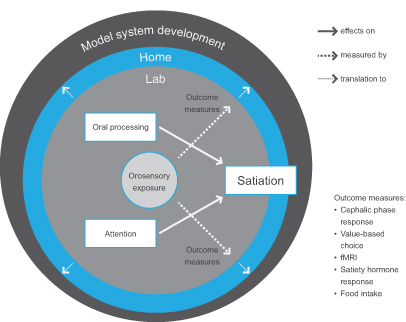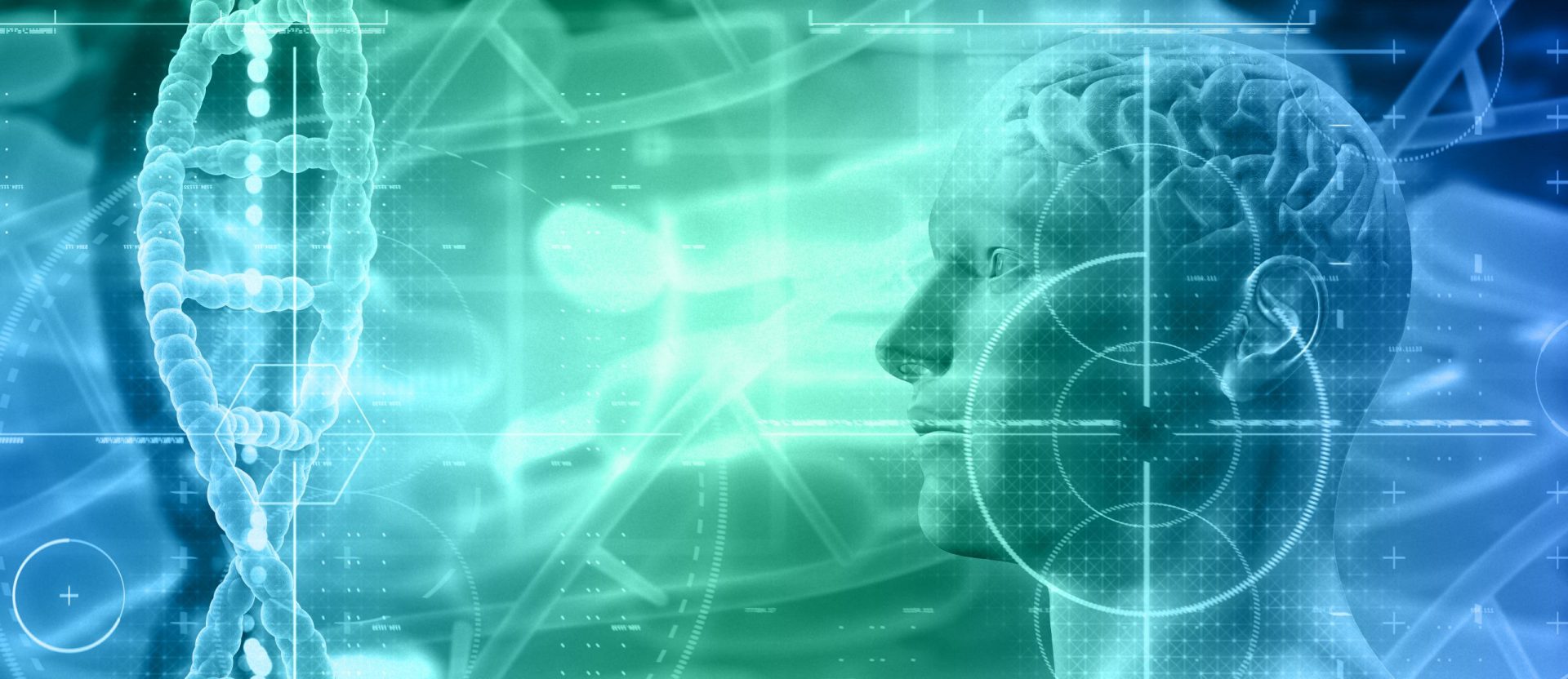Workpackage 1: Oral processing & Satiation
During normal eating, longer chewing times are directly and strongly correlated with a higher magnitude of oro-sensory stimulation. Therefore, with regular foods that vary in mastication requirements, it is difficult to separate the effects of the magnitude (duration and effort) of chewing from the magnitude (duration and intensity) of oro-sensory stimulation. The separation of these effects requires dedicated experimental model foods.

We hypothesize that this elevated response is at least partly due to stronger cephalic phase responses during slower compared to faster eating. However, systematic research on the associations between peripheral CPRs and the magnitude of chewing and oro-sensory stimulation is lacking.
The brain areas involved in CPRs to food exposure are those involved in sensory processing, reward and food intake regulation. So far, only animal studies have assessed the relationships between peripheral CPRs and central (i.e. brain) responses to food exposure. Establishing a relationship between peripheral CPRs and brain responses will elucidate how the gut influences the central representation of satiation, hereby, enhancing our understanding of these mechanisms in humans for translation to potential interventions.
- Task 1.1: Assess the separate effects of the magnitude of oro-sensory exposure and mastication on satiation, as proof of principle behavioural study.
- Task 1.2: Determine how the magnitude of oro-sensory exposure and mastication influence peripheral cephalic-phase responses.
- Task 1.3: Determine how the magnitude of oro-sensory exposure and mastication influence biological markers related to satiation.
- Task 1.4: Determine how the magnitude of oro-sensory exposure and mastication influence both peripheral and central biomarkers of satiation.
Workpackage 2: Attention & Satiation
Watching television or playing video games during eating (an increasingly common behavioural practice) increase energy intake, likely due to distraction from satiety cues. Meta-analyses have shown that distraction increases immediate and later food intake, but the underlying mechanism is unknown. For example, it is currently unclear whether distraction disturbs consumption-related processes (oro-sensory exposure) or decisions to stop eating, or both. An increased understanding of the neural mechanisms would reveal the different factors influencing distraction-related overeating as well as individual differences in the susceptibility for overeating.

Here, we aim to test two neurocognitive mechanisms that are likely to play a role of reduced attention (i.e. distraction) on satiation: consumption-related processing in oro-sensory brain regions and decision-related processing in the prefrontal cortex (PFC).
- Task 2.1: Assess how distraction affects processing in oro-sensory brain regions during consumption, and its relation to the effect of distraction on peripheral biomarkers of satiation, as a bottom-up approach of how distraction might influence satiation.
- Task 2.2: Assess how distraction affects processing in the PFC during food-related choices after sensory-specific satiation, and its relation to satiation-sensitive choice behaviour, as a top-down approach of how distraction might influence satiation.
Workpackage 3: Experienced satiation @ home
Neural measures from the lab hold predictive value for real life behaviour: Task-relevant brain activation, measured with fMRI, has been successfully applied to predict the success of attempts to quit smoking, effects of health warnings and body weight increase. Here, we aim to test two neurocognitive mechanisms that are likely to play a role of reduced attention (i.e. distraction) on satiation: consumption-related processing in oro-sensory brain regions and decision-related processing in the prefrontal cortex (PFC).
- Task 3.1: Develop and validate a smartphone app that can reliably determine home food intake, perform experience sampling, and optimize home environment conditions to investigate influences of mastication, oro-sensory stimulation and attention on real life eating behaviour.
- Task 3.2: Provide a proof-of-principle revealing how the lab-measured cognitive processes (i.e. the result of attentive eating / perceived reward) and homeostatic processes (i.e. cephalic phase signalling / biomarkers of satiation) relate to satiation in daily life.
Learn more about the project
